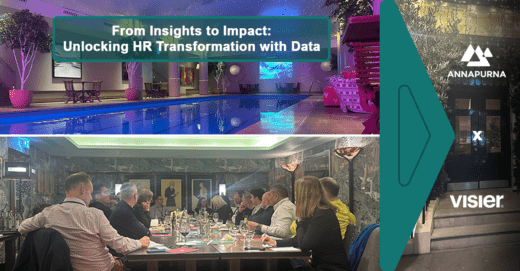‘Digital Transformation’ has become a brand of its own in the corporate world and a trendy term to use. But what does it really mean, and what does success look like?
There is no doubt that technology, and the use of artificial intelligence (AI), are with us and becoming a dominant topic on the agendas of many corporate boardrooms. You only had to be in the audience, as I was, for the recent ASI Demo Day, watching a group of highly skilled data scientists talking about what they had achieved with AI in only six weeks during the ASI Fellowship, to realise that its application is already driving great strides in productivity in a multitude of commercial and non-profit sectors. The case for investing in digital transformation of this kind appears to be overwhelming.
Yet what seems to be discussed less in the debate, is whether digital transformation of this kind can actually be achieved without a focus on how to bring people along the journey. Too often the ‘science’ of people-change is treated as an after-thought, that can be mopped up at the end.
While this may work for a piece of expertly designed consumer technology such as an iPhone, the reality is that boardrooms are not considering digital business transformation from a blank sheet of paper. Organisations are made up of teams and communities; people focused every day on operating a current process and already using some form of technology. So, if leaders want to make a step change to these activities, then there must be a concerted effort and investment, starting from the boardroom, to involve and engage people.
What does that mean in practice? Take the case of a global business wanting to implement a new financial system, making better use of technology and AI. Deciding on the solution upfront, and then 6-9 months down the line communicating that to the global finance teams leads to dis-engagement and ultimately no-one using the new products, with people reverting to using their current technology. And ultimately it costs the business more to fix later into the change journey than had it invested at the start.
Wouldn’t it be better to engage upfront so that people can emotionally connect with the change? We all want to play a part in any decisions that affects our lives and while we all will respond in different ways, the single common thread is that if we understand the reason for the change, and where it is heading, including the impact on us, then we can more rationally adapt and prepare. Even if this means we no longer need to perform the current process or activity, we will have been part of the journey from the start and can more readily accept what is happening and make plans for how we fit into the new world.
Making a step-change in use of this technology and particularly the use of artificial intelligence is happening. But as the recent Harvard Business Review article suggests, digital transformation will not always automatically be successful, and requires some key ingredients. Combining the science of AI and people-change together is, in my view, the only way for leaders to ensure the benefits of digital change will be fully achieved.
Let’s make sure people-change is seen by executive decision-makers as an equal partner of the technology investment, not a choice of one or other!




